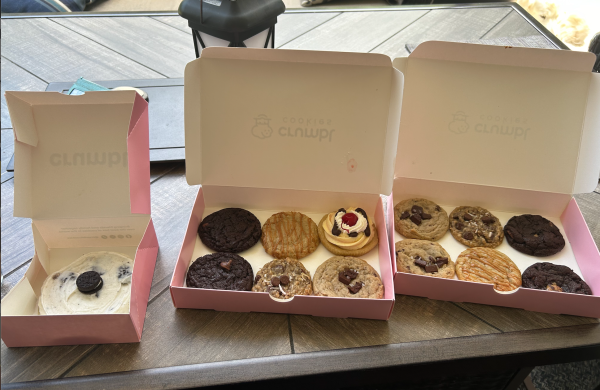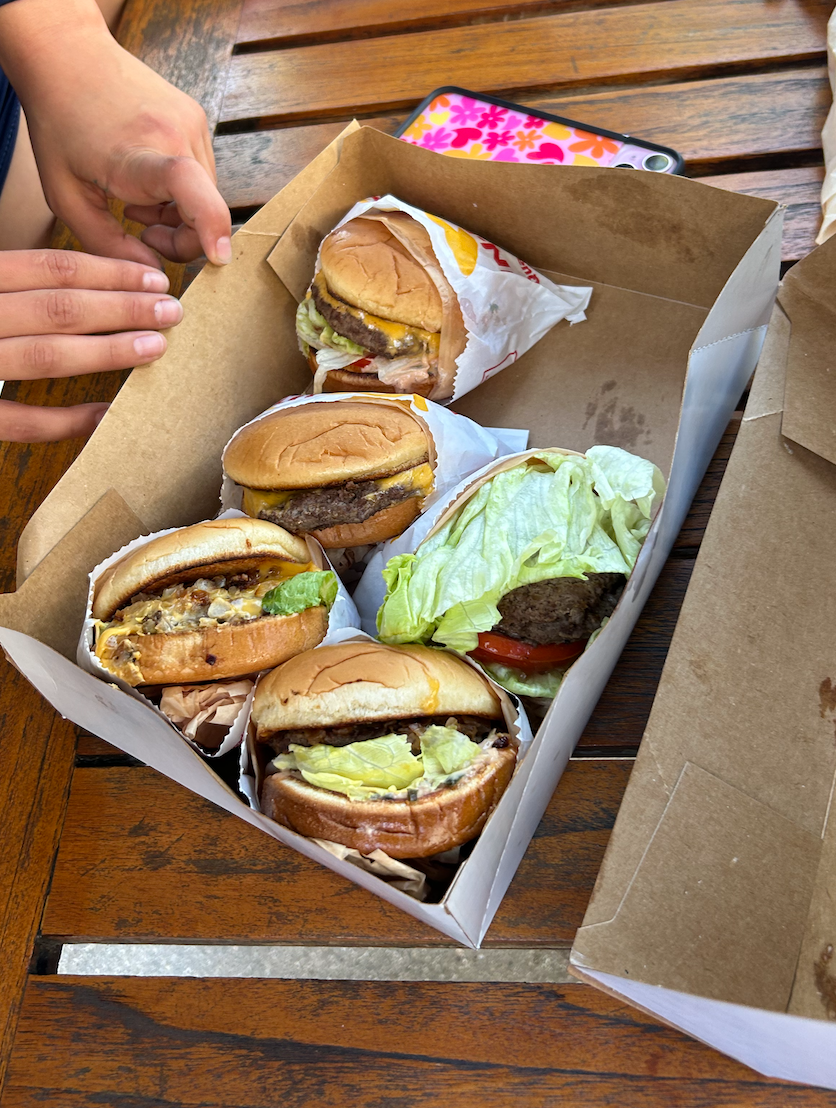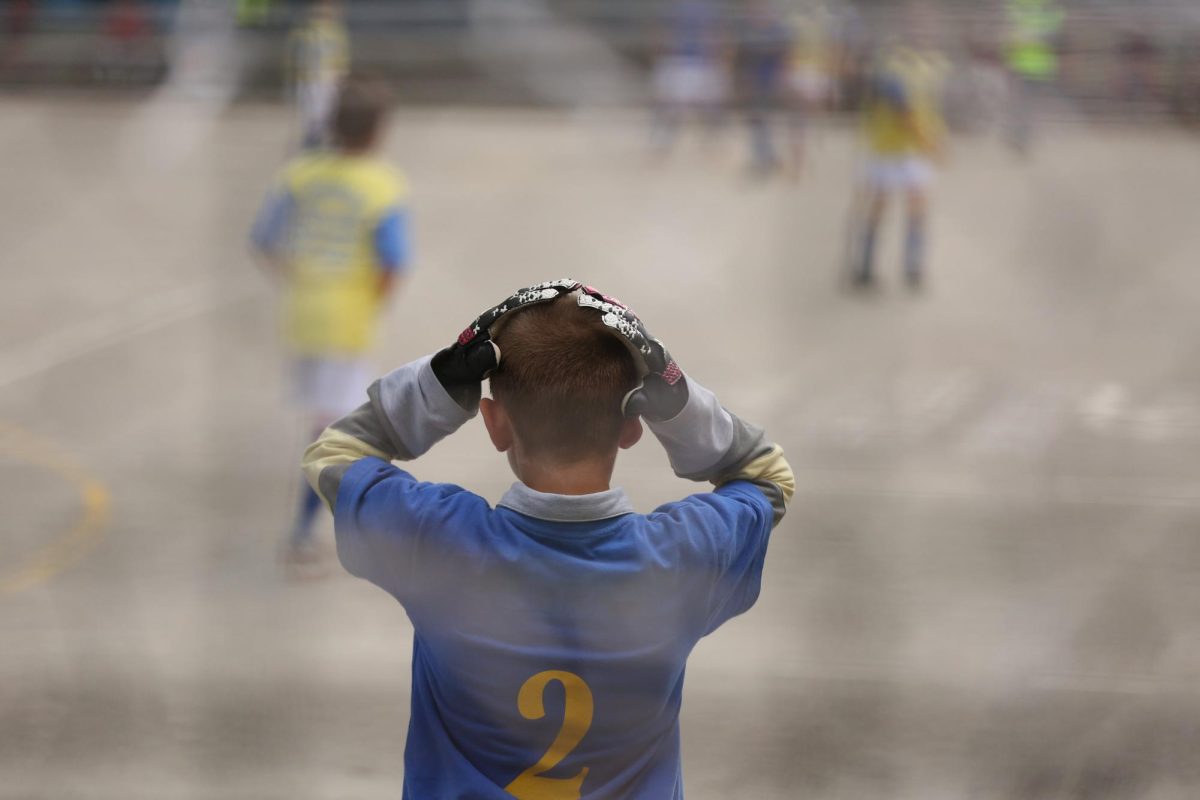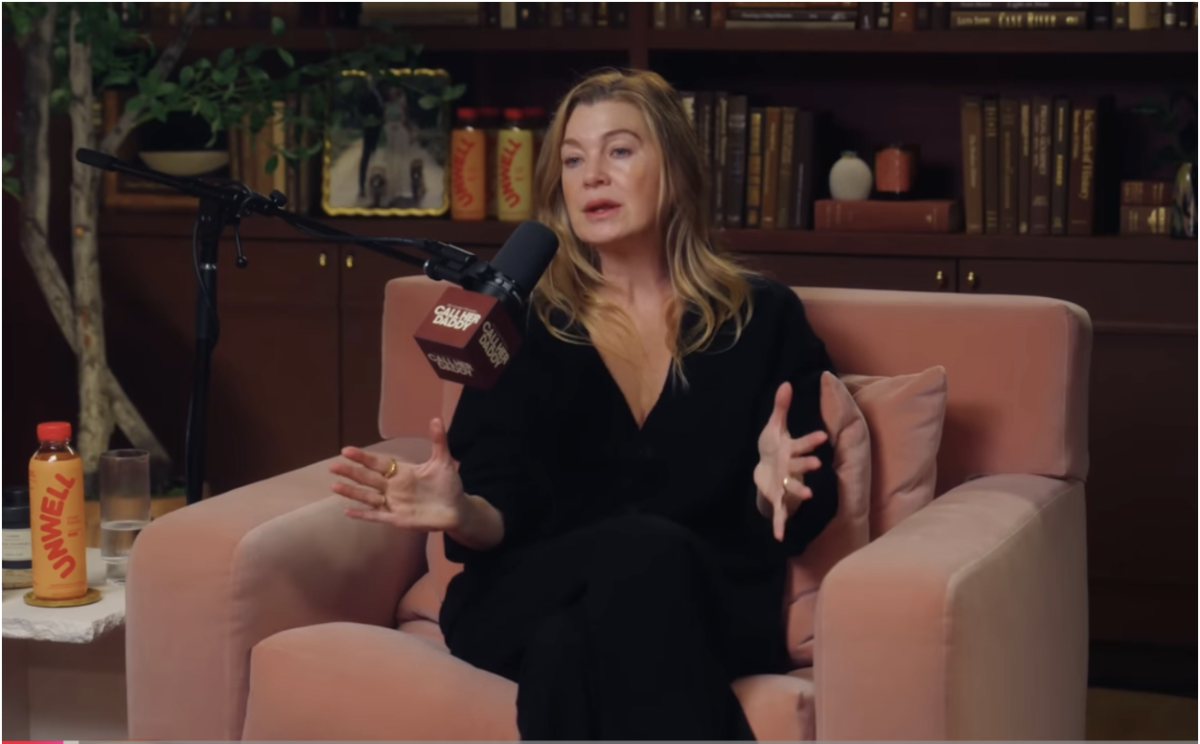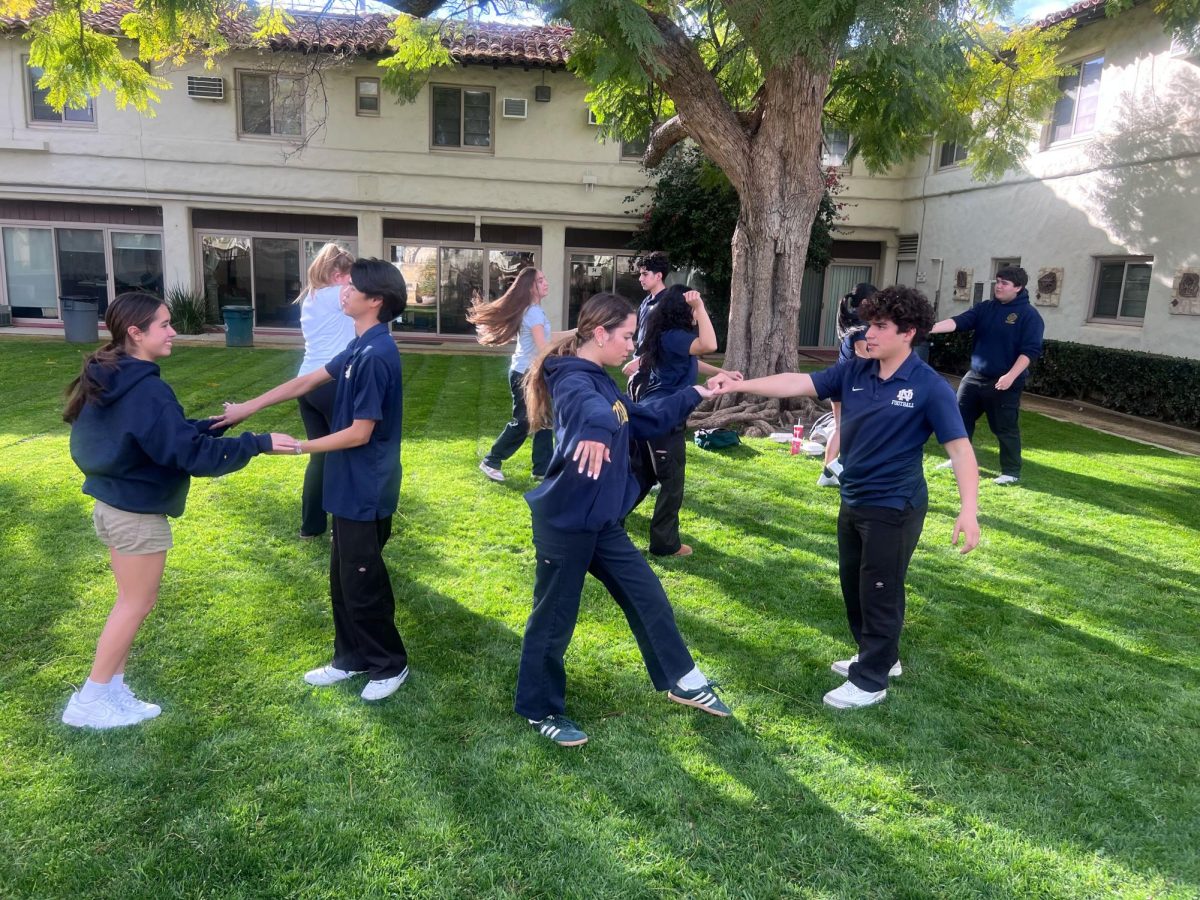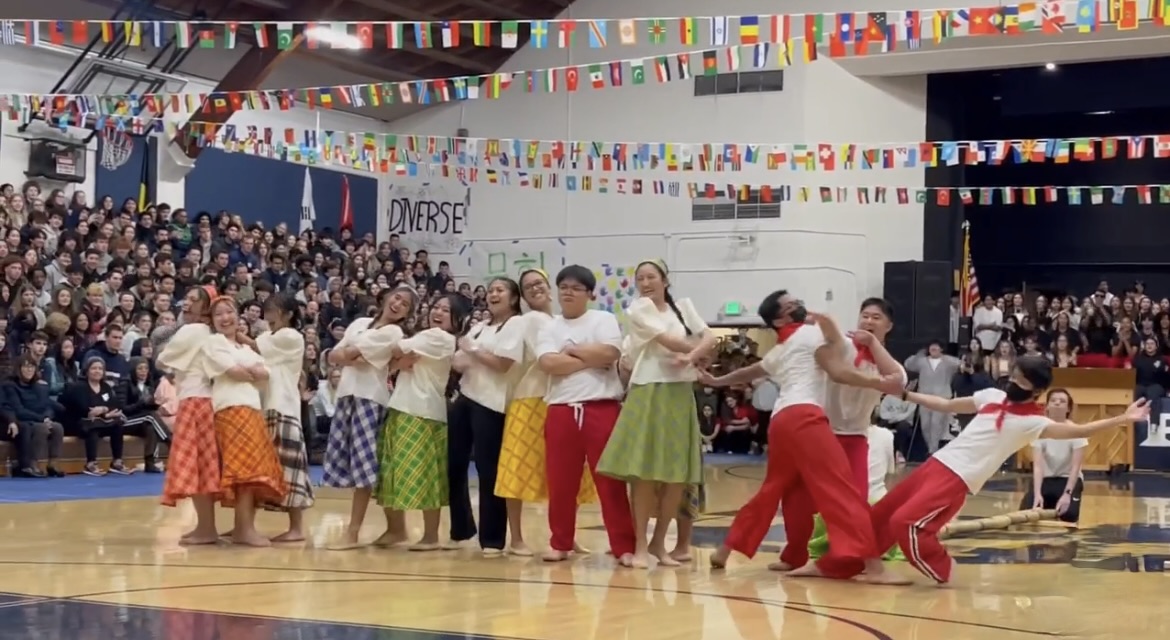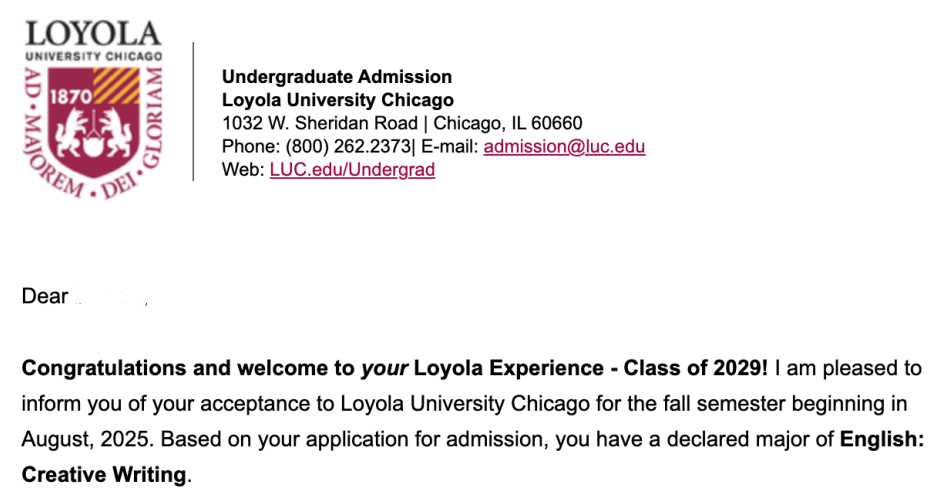Humans come in all different shapes and sizes, with different opinions and talents, but there is one thing we all have in common: eating. However, some people on social media have taken this common habit to the extreme.
Welcome to the world of mukbangs.
Mukbangs, which originated in South Korea during the early 2010s, are a popular trend featuring individuals, known as mukbangers, who live stream or record themselves eating large portions of food.
This phenomenon has gained widespread popularity across various social media platforms like TikTok, YouTube, and Instagram. The appeal of mukbangs continues to grow as creators experiment with more extreme foods, attracting viewers with their unique and entertaining content.
Popular mukbangers like Trisha Paytas, Nikocado Avocado, and Jellybean Sweets are the backbone of this trend.
In 2014, Trisha Paytas began sharing mukbangs on her YouTube channel, which quickly gained significant popularity. Following her lead, Nikocado Avocado joined the trend in 2017, also uploading mukbang videos on his YouTube channel.
More recently, in 2023, JellyBean Sweets has been consistently posting mukbang content, receiving unprecedented attention. However, it’s important to note that this attention isn’t entirely positive.
Many viewers have begun to express concern about JellyBean Sweets’ health, noting the noticeable changes in her body since she started her mukbangs. While some of the comments are simply rude, others raise a thought-provoking question: Is this type of content detrimental to the creator’s health? Jordyn Goldman ’25 said, “She’s hurting herself because of how much she’s eating and how fast she’s eating it.”
Many dietitians have said that these videos promote binge eating and food waste. Many also say that these types of videos can be triggering for people who have or have eating disorders. Even though mukbangers know they are risking their health, they continue to make this content.
An article published by Health Digest entitled The Hidden Dangers of the Viral ‘Mukbang’ Eating Trend by Angelique H. Caffrey warns about the trend. In the article, Andrea Soares, a certified registered dietitian at Top Nutrition Coaching, said, “Eating large amounts of food in one sitting can put immense pressure on the digestive system. Mukbang stars may experience severe discomfort, nausea, or even a life-threatening condition called gastric rupture, where the stomach tears from the strain.”
Despite the dangers to their health, popular mukbangers continue to create this content because of the money they make from the videos they are posting.
According to an article posted on LinkedIn, the top mukbanger videos on YouTube are “recorded to earn $10,000 per month at the most. And this big amount does not even include sponsorships.” Those numbers, however, cannot be verified.
Some viewers believe these health risks can be worth the money. Sedona Ruma ’25 said, “For the sake of money, I feel like it is worth risking their health because they’re getting money and eating yummy food.”
For lesser known mukbangers, the money they get from the videos is put towards buying more food for more videos. This becomes a cycle that is hard to get out of and has caused them physical and mental harm.
The health risks remain at the heart of the mukbang controversy.
Is staying relevant, gaining popularity, and making money worth the feast full of health issues right in front of you?
